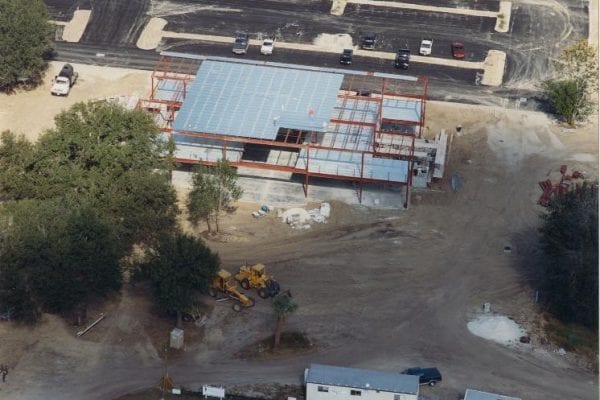When you hire a contractor to conduct renovations, repairs, or to construct a new facility, many property owners and managers know that the contractor should be required to bond the project. But what exactly does it mean for a contractor to bond a construction project, and why should you care?
Contractor’s bonds mitigate owner risk in several ways. Depending on the type of bond, they protect the owner in the event that a contractor refuses the job after winning a bid; a contractor walks off the job partway through the project or can’t finish it for some reason; or subcontractors or material suppliers place a lien on the property because they were not paid by the contractor.
For these reasons, it’s important to understand the different types of contractor’s bonds, so that you know what you are and are not protected from. Let’s take a look at the three primary types of contractor’s bonds: bid bonds, performance bonds, and labor and material payment bonds.
Bid Bonds
A bid bond protects you in the event that a contractor decides not to sign a contract for the work after winning a bid. Bid bonds are most commonly used in the public sector, where it is often required for a contractor submitting a bid.
Often, a low bidding contractor may choose not to execute on the contract if they discover that they have severely underbid the project or failed to account for a portion of the work. If they are carrying a bid bond, the bonding company pays the owner a set amount (usually 5% of the bid amount) and then pursues the contractor to recoup the amount of the bond.
Performance Bonds
Performance bonds protect you in the event that a contractor cannot complete a construction project.There can be numerous things that could cause a contractor to default on the project, from underbidding the project, to poor construction practices, or financial instability/insolvency. When this happens, you could get stuck having to find another contractor to complete the job, and paying the possibly substantial difference between your budget and what a second contractor quotes for completion of the project.
A performance bond is issued to the contractor on your specific project. If for any reason the contractor walks off the job prior to completion, the bonding company will either pay the difference to have the work completed by another company, or they will bring in their own contractor to complete the work. The bonding company can then go after the original contractor to recoup their costs.
Performance bonding companies carefully vet the contractors on whom they issue bonds, in order to protect themselves. When your contractor carries a performance bond on your project, you can be sure that they have provided financial statements and other supporting evidence to a bonding company that indicates they should be able to complete the job.
Labor and Material Payment Bond
A labor and material payment bond protects the owner from liens issued by material suppliers or subcontractors. Usually, liens are filed against the property if the contractor fails to pay a materials or labor provider (such as a drywall supplier or a subcontractor).
When the contractor carries a labor and material payment bond, the bonding company ensures that everyone working on the job gets paid in the event that the contractor fails to pay them, avoiding the potential for liens on the project.
Ensuring Your Contractor is Appropriately Bonded
Carrying bonds adds to the contractor’s cost of doing business. For this reason, it’s natural that contractors and owners may decide to forgo bonding on a project. To protect themselves, owners must understand the types of bonds, and decide how much risk they want to accept on a project.
Construction contracts are complex, and it’s not surprising that many owners don’t know exactly what they’re getting when they hire a contractor. If the bonding, insurance, or any other of a multitude of line items isn’t quite right, the owner can end up at substantial risk in the event a contractor does not pay their subcontractors and material suppliers, or if the contractor walks off the job. To protect themselves, many owners hire a construction loan monitoring company to review their bid, contract documents and construction process and mitigate their risk. You can read more about construction loan monitoring here.
Or, contact us to speak with a construction monitoring expert about your next project.






